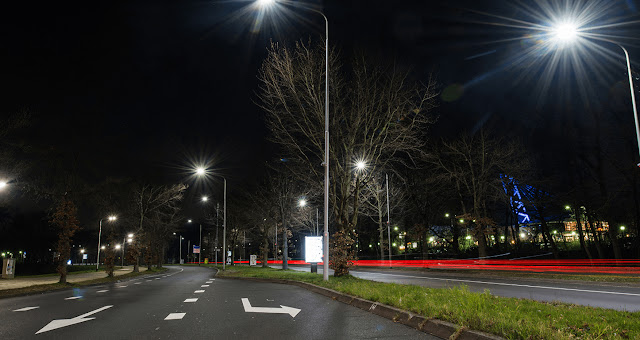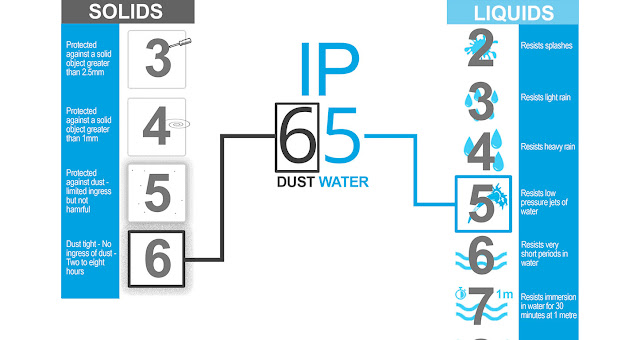 |
Outdoor light requirements do come with optional motion sensors. They are the most efficient security attachments available for LED pole lights.
These motion sensors detect unwanted activity in the exterior areas of your residential or commercial complex.
It is vital to deal with the pros and cons of the motion sensors at the time of installation. Let’s discuss some of them in this blog.
Pros
Most of the sensors do not require touch, making them elderly and people with special abilities friendly.
The amount of energy consumed by the LED fixture is much less than the power consumed by any traditional metal halide. Motion sensors do use a limited amount of energy from the LED source and utilize it accordingly.
Motion sensors are convenient and do not require regular maintenance. They have the highest IP ratings to withstand the extreme conditions of the weather and dust.
Animals and trespassers are deterred away from your property by a motion sensor affixed on LED pole lights. They can prevent undesired visitors or animals at any time of day or night because they can be seen or emit an intense light, which increases the safety of your home.
Cons
It also the same with heat sensors. If installed near an air conditioner or heater, the difference in temperature triggers them to a false alarm.
Depending on the quality of lighting and the frequency of the alarm trigger, the life span of the motion sensor is determined.
Higher is the alarm trigger, the life span of the motion sensor soon gets shortened. Unnecessary temperature changes trigger false alarms, which shortens the life of these sensors.

Comments
Post a Comment